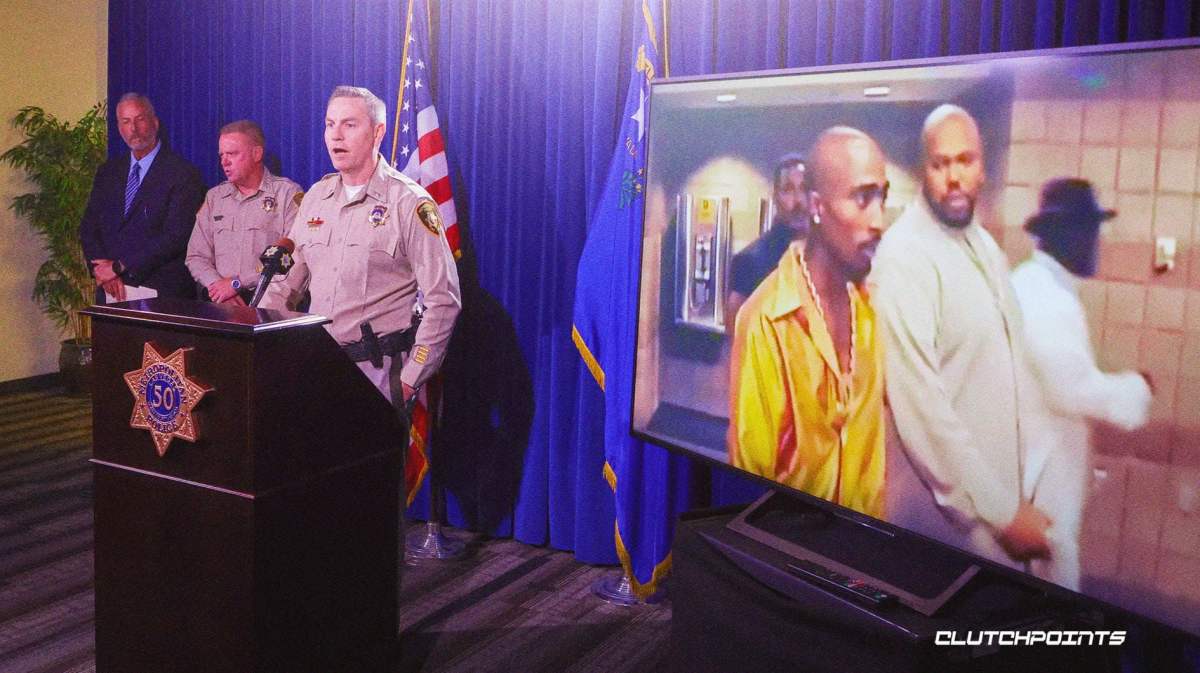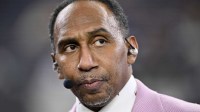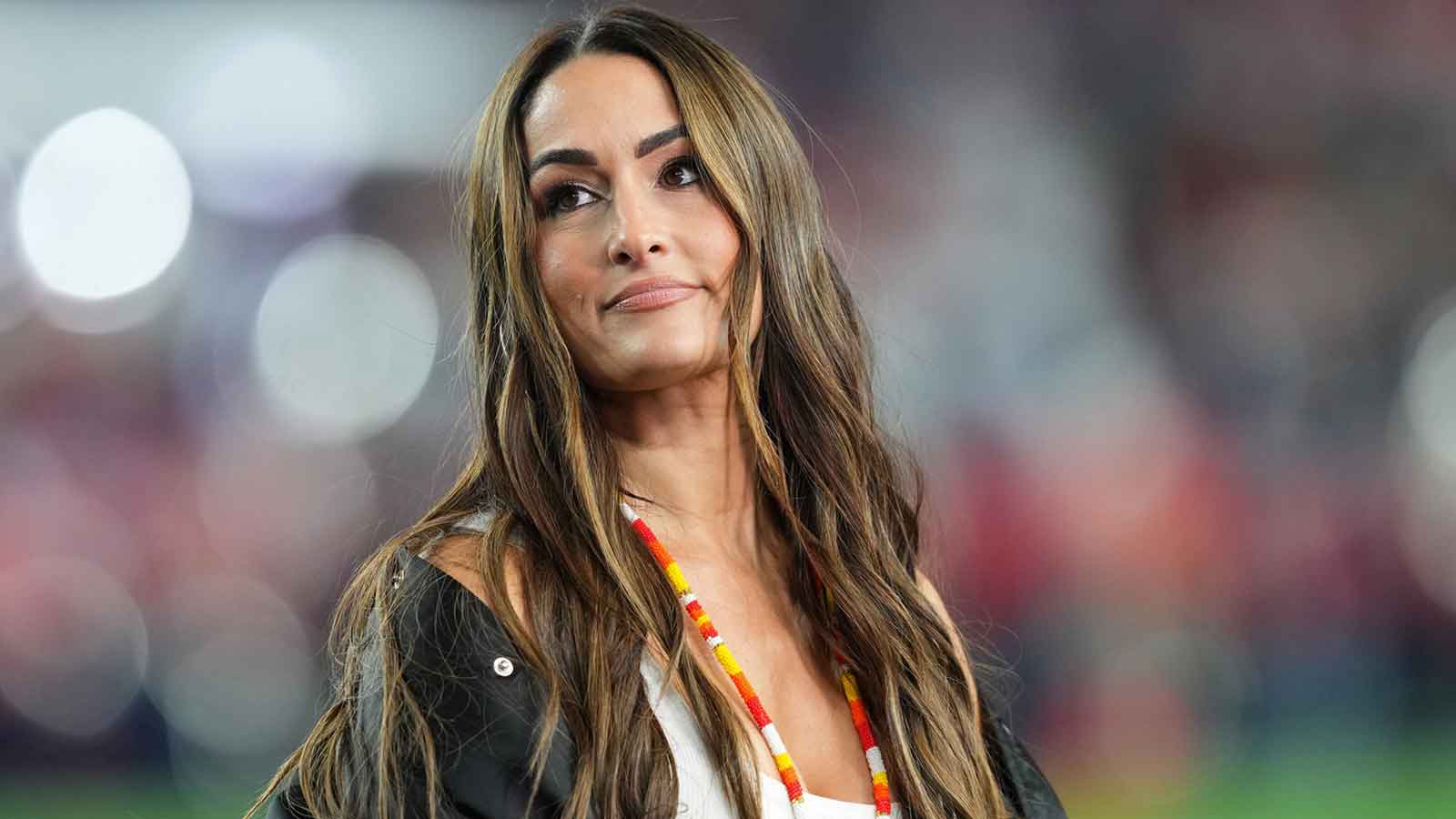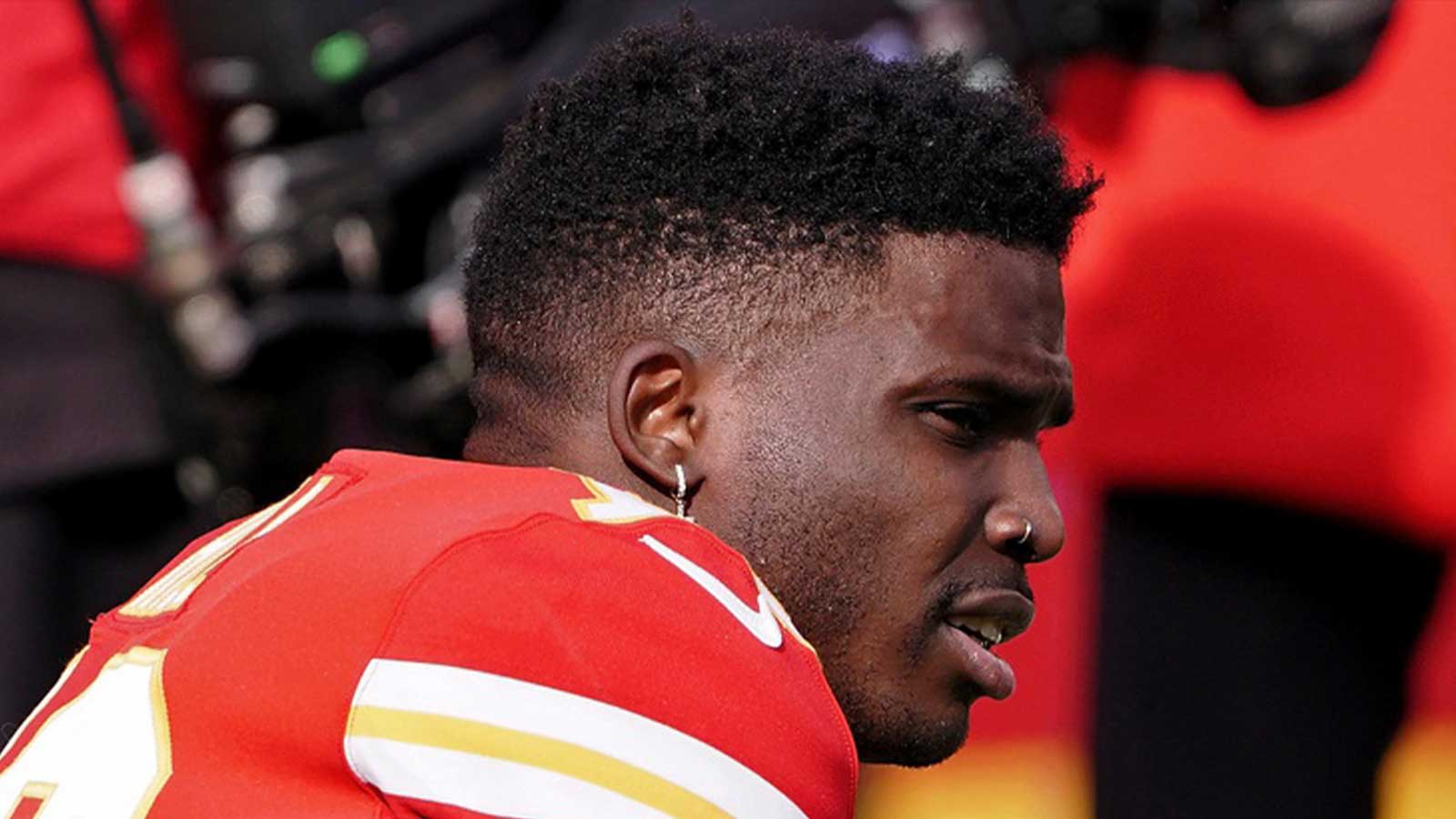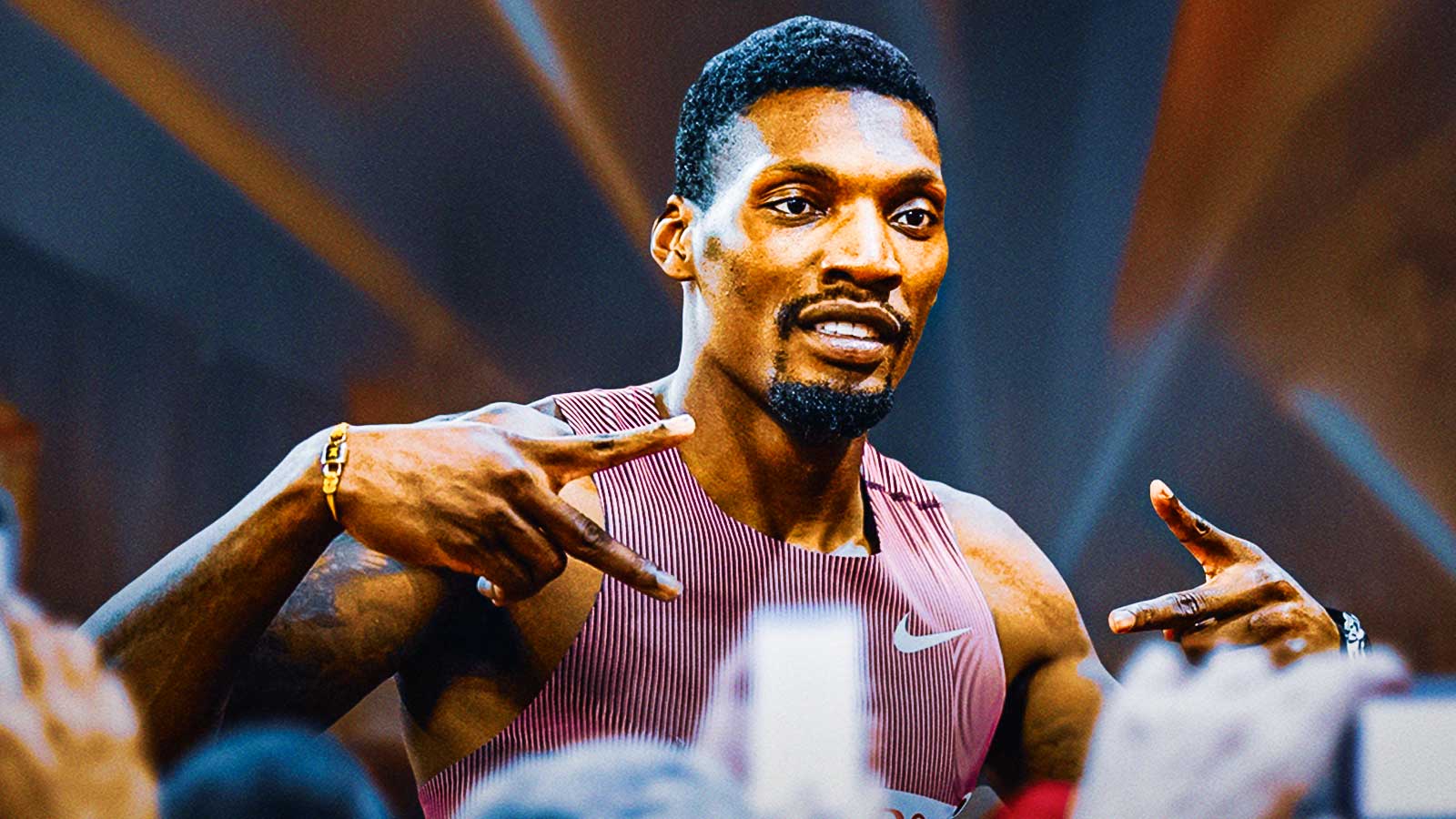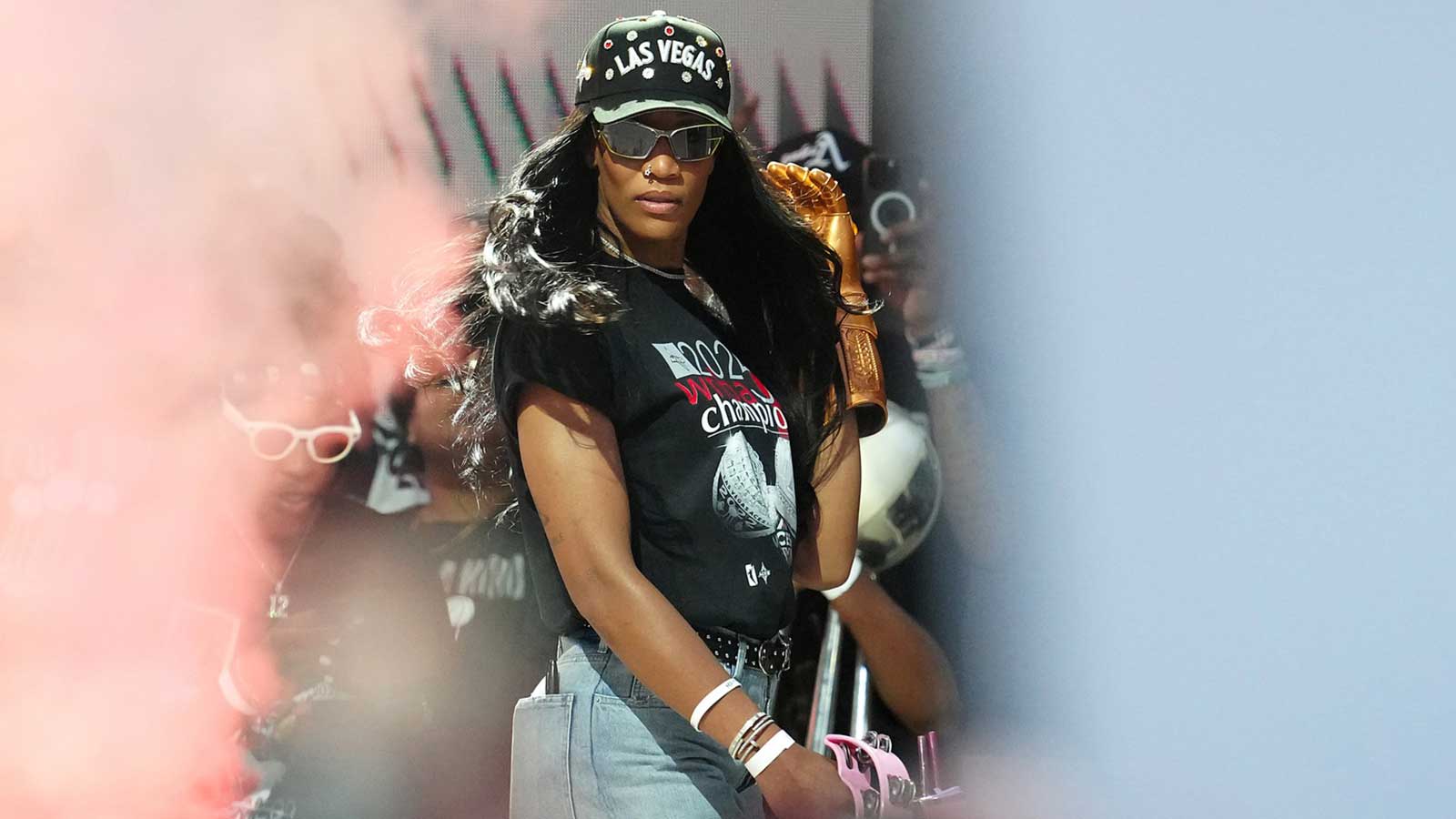It's been 27 years since the infamous night of Tupac Shakur's murder on the Las Vegas Strip, so you'd be forgiven if you didn't remember every last detail leading up to the night in question, after last week's arrest of Duane Keith Davis reopened the case. Luckily, the New York Times has done an in-depth deep-dive on all the facts involved and it paints a vivid picture.
Tupac Shakur was the premiere West Coast rapper in 1996, though his image and reputation were taking an increasingly dark turn at the time. Between 1993-1996, Tupac had been arrested 6 times, including a conviction for sexual abuse. He had aligned himself with the gangster rap label Death Row Records, with was led by Marion “Suge” Knight. Knight got Tupac out on bail, for a sum of $1.4 million, as he awaited the verdict in the sexual abuse case.
During that time, Tupac was robbed and shot in the lobby of a Manhattan recording studio, which Tupac blamed on his friend-turned-rival the Notorious B.I.G. and his New York-record label Bad Boy Records. One of the faces of Bad Roy Records was Sean Combs (known as Puff Daddy at the time).
The Notorious B.I.G., also known as Biggie Smalls, denied any role in the shooting, but the rivalry was amplified through new tracks each rapper put out, including Biggie's “Who Shot Ya?” and Tupac's “Hit ‘Em Up”.
At this point, the West Coast versus East Coast rivalry of the rap world evolved into a full-on feud. Tupac and the Notorious B.I.G. both allied themselves with the predominant antagonistic criminal gangs of the 1990s — the Bloods and the Crips — for protection and street cred.
Tupac aligned with the Bloods, and Biggie with the Crips.
Meanwhile, a fight at a local Southern California mall set the tension at a fever pitch shortly before the night of Tupac's murder, and explains the depths of Duane Keith Davis' involvement in the case.
Denvonta Lee, who describes himself as an affiliate of Compton’s South Side Crips, told the Las Vegas grand jury this summer that Davis, who considered himself “the five-star general” of the local Crips, had given a local football player $4,000 to shop for clothes before heading to college. Davis directed other gang members to accompany him to the mall.
At the mall, the group of Crips encountered a Death Row-connected group of Bloods, which resulted in a fight over a Death Row chain. Lee testified to the grand jury that taking someone's chain is “like taking somebody's crown. It means something.” Lee further recounted that within a day “a war” had broken out in the area, adding “there was shootings everywhere.”
Witnesses have said that one of the participants in the mall fight was Orlando Anderson, who is Davis' nephew and one of the key figures involved in the night of Tupac's murder.
Shortly after the mall skirmish, Anderson traveled with Davis and other Crips to Las Vegas to attend the Mike Tyson September prizefight. But the fight lasted less than two minutes, after Tyson knocked out his opponent in the first round.
Soon thereafter, Anderson came across Tupac and a group of Bloods he was with by the MGM hotel elevators. One of the Bloods included the same man whose Death Row chain triggered the fight at the mall.
Tupac and the Bloods began to punch and kick Anderson in a brawl captured by security cameras. Reporting earlier this week uncovered new security footage of Tupac and his crew storming out angrily after the melee, which now has a bit more context.
After this hotel skirmish, Anderson was the one who wanted revenge, according to more of Lee's grand jury testimony. “He wasn’t coming back to Compton with nothing being done,” Lee said.
Anderson met back up with his uncle, who then obtained a Glock pistol from a drug associate from Harlem, and then Anderson and Davis set out to find Tupac and Suge Knight.
The fateful encounter occurred when Anderson and Davis, now with two other associates Terrence Brown and Deandrae Smith, pulled up in a white Cadillac alongside the BMW that Knight and Shakur were driving in. They spotted Tupac when he was leaning out of the passenger side window.
Davis claims he tossed the Glock into the back seat before they pulled up alongside Tupac at the traffic light. He eventually admitted to law enforcement years later that his nephew Anderson is who fired the actual shots at Tupac.
But new testimony in the case suggests an alternate version of what happened. The grand jury witness, Lee, suggested Deandrae Smith actually fired the shots because Anderson didn't have a clear view from his seat.
But speculation grew that Anderson pulled the trigger as revenge for the beating he took at the MGM. According to Lee's testimony, Deandrae Smith let Anderson have the “glory,” adding “He didn’t want to take the credit for Orlando.”
These conflicting accounts, and a deal Davis struck with a Los Angeles police detective for information, are what led to such a long delay before Davis' arrest in the case last week. Law enforcement was only able to finally convict Davis after Davis wrote a memoir in 2019, called Compton Street Legend, detailing the night in question. Davis has also since given a series of public interviews about the killing, which law enforcement were able to use as evidence — and ultimately Davis revealed enough publicly that the police were able to use this as the basis for his new arrest.
Now Davis, the only remaining living member from the white Cadillac that night, awaits his fate in custody, as the hip hop community along with the rest of the world waits to see if one of the biggest murder mysteries in music history, the death of Tupac Shakur, is finally solved.

